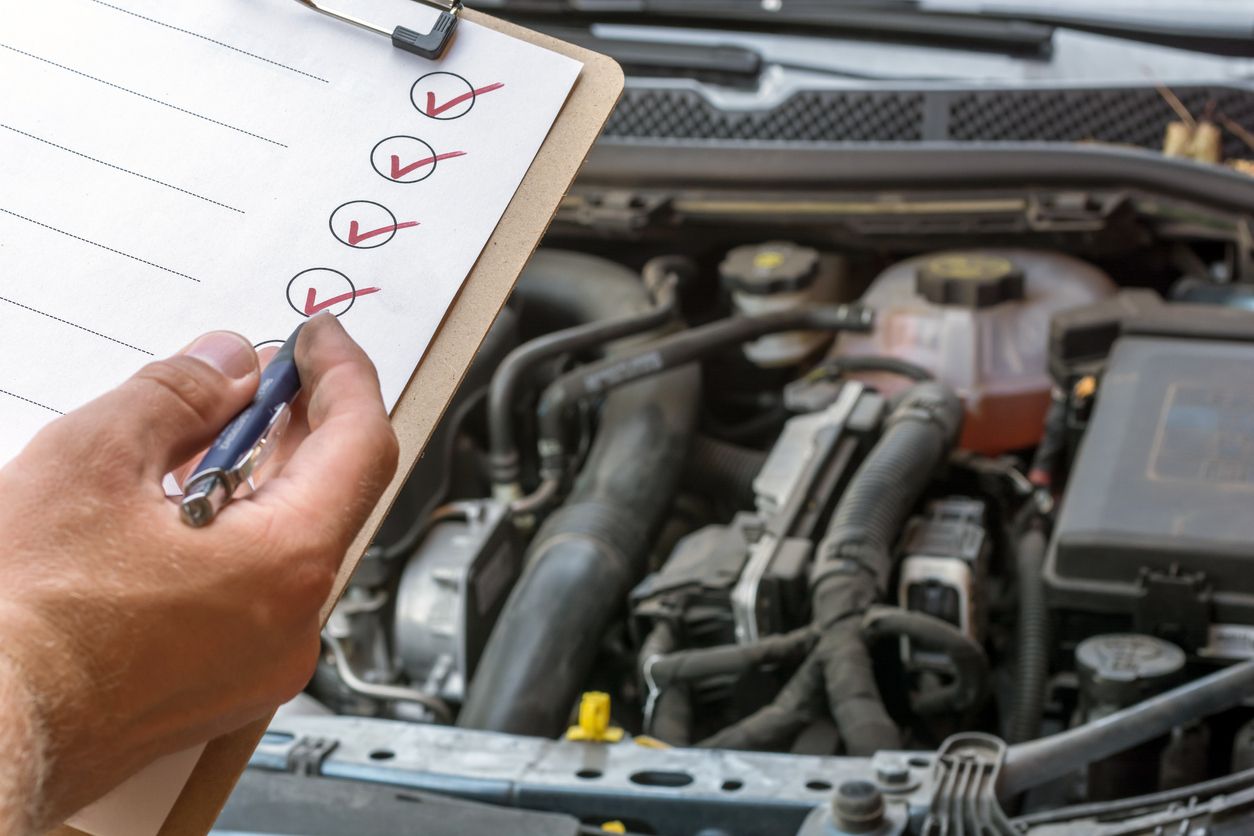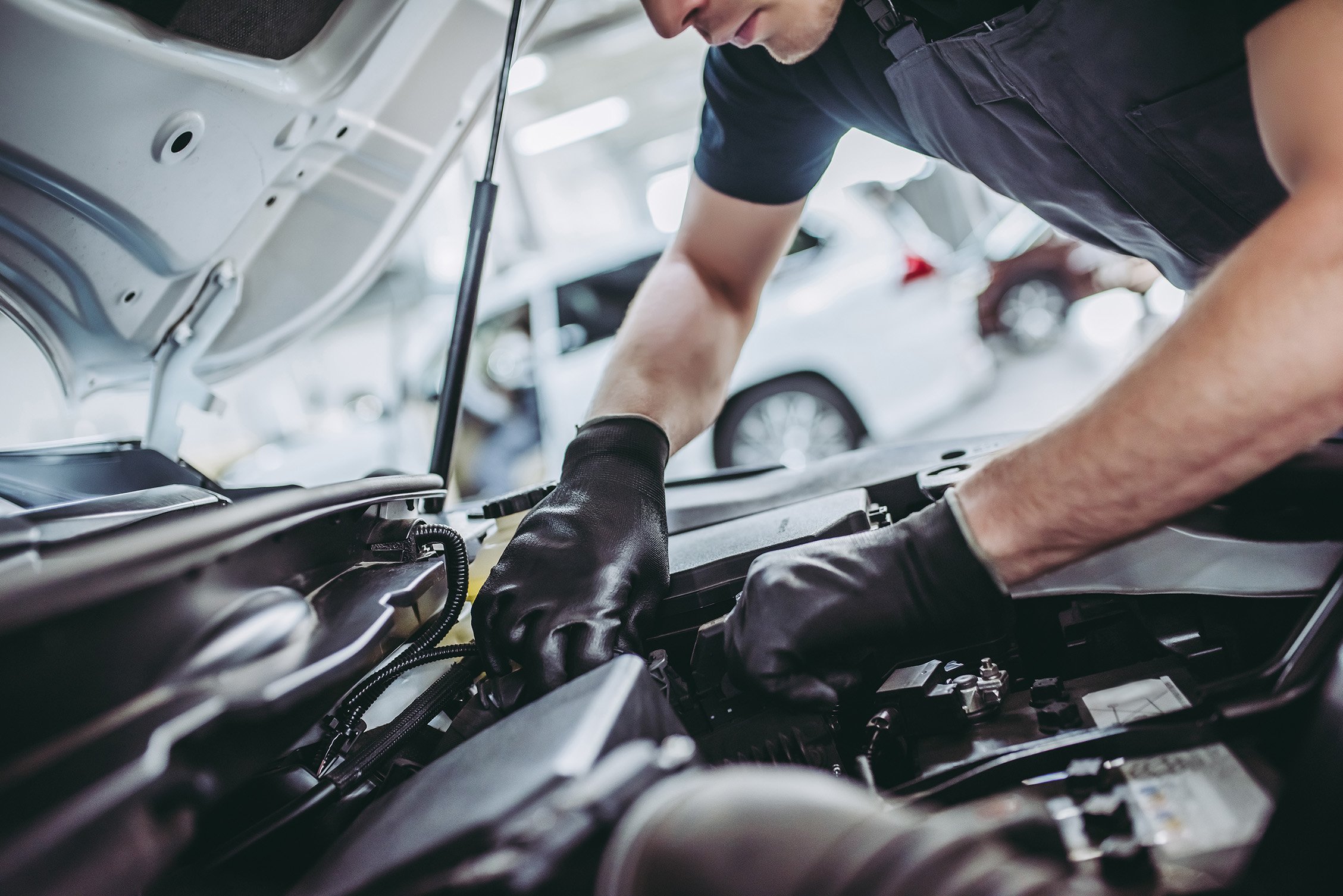All Categories
Featured
The check engine light (CEL) is among one of the most recognizable control panel signs, but it usually strikes worry or complication in vehicle drivers. While it's easy to worry when the light brightens, understanding its objective and understanding how to respond can assist you take the best steps to deal with prospective concerns. This novice's guide breaks down what the check engine light methods, usual causes, and how to handle it.
What Is the Inspect Engine Light? The check engine light belongs to your automobile's onboard diagnostics (OBD) system, designed to check engine efficiency and exhausts. When the system spots a trouble, the CEL brightens to alert you. The light might look like a stable radiance or a flashing signal, each lugging different levels of urgency.
Solid Light: Indicates a much less immediate issue, yet it still requires interest. Flashing Light: Signals a much more significant problem, such as a misfire, which could harm your engine or catalytic converter if disregarded. Usual Causes of the Check Engine Light. The CEL can turn on for a variety of reasons, varying from minor concerns to significant repairs. Below are a few of the most typical wrongdoers:
Loose or Faulty Gas Cap:
A loose gas cap can cause fuel vapors to get away, setting off the CEL. This is one of the simplest and least costly solutions-- tighten or change the cap. Faulty Oxygen Sensor:
![]()
The oxygen sensor checks the air-to-fuel proportion in your engine. A malfunctioning sensing unit can reduce gas performance and boost discharges. Malfunctioning Flicker Plugs or Ignition Coils:
Damaged trigger plugs or coils can bring about engine misfires. Normal tune-ups aid stop this problem. Catalytic Converter Issues:
The catalytic converter minimizes harmful emissions. Troubles with this element can be costly and commonly result from ignoring other issues. Mass Air Flow Sensing Unit Problems:
The mass air flow (MAF) sensor measures the air going into the engine. A defective or unclean MAF sensor can affect efficiency and gas economy. When the Inspect Engine Light Comes On, what to Do. Don't Panic:
If the light is constant, it's secure to drive to a service center. Lower rate and avoid difficult velocity; draw over and seek immediate assistance if it's blinking. Inspect for Obvious Issues:
Tighten the gas cap, as this is a easy and common solution. Search for signs of major problem, such as smoke or uncommon engine sounds. Utilize an OBD-II Scanner:
An OBD-II scanner reviews the trouble codes stored in your auto's computer system. Lots of car parts stores use free code scanning services. Speak With a Specialist Auto Mechanic:
![]()
If you can not fix the issue on your own, take your car to a trusted auto mechanic. Offer the problem code for a quicker and much more exact diagnosis. Preventative Measures. Regular maintenance is crucial to avoiding CEL issues. Right here's exactly how to remain ahead:
Schedule Regular Tune-Ups: Change check and spark plugs ignition components regularly. Keep Fluids Complemented: Make sure proper levels of oil, coolant, and other fluids. Usage Top Quality Fuel: Poor-quality gas can bring about sensor and emissions issues. Conclusion. The check engine light doesn't have to give stress and anxiety. By comprehending its function and understanding how to address it, you can maintain your car running smoothly and stay clear of costly fixings. Treat the CEL as a helpful device instead than a hassle, and it will direct you to keeping your lorry's health and wellness efficiently.
What Is the Inspect Engine Light? The check engine light belongs to your automobile's onboard diagnostics (OBD) system, designed to check engine efficiency and exhausts. When the system spots a trouble, the CEL brightens to alert you. The light might look like a stable radiance or a flashing signal, each lugging different levels of urgency.
Solid Light: Indicates a much less immediate issue, yet it still requires interest. Flashing Light: Signals a much more significant problem, such as a misfire, which could harm your engine or catalytic converter if disregarded. Usual Causes of the Check Engine Light. The CEL can turn on for a variety of reasons, varying from minor concerns to significant repairs. Below are a few of the most typical wrongdoers:
Loose or Faulty Gas Cap:
A loose gas cap can cause fuel vapors to get away, setting off the CEL. This is one of the simplest and least costly solutions-- tighten or change the cap. Faulty Oxygen Sensor:

The oxygen sensor checks the air-to-fuel proportion in your engine. A malfunctioning sensing unit can reduce gas performance and boost discharges. Malfunctioning Flicker Plugs or Ignition Coils:
Damaged trigger plugs or coils can bring about engine misfires. Normal tune-ups aid stop this problem. Catalytic Converter Issues:
The catalytic converter minimizes harmful emissions. Troubles with this element can be costly and commonly result from ignoring other issues. Mass Air Flow Sensing Unit Problems:
The mass air flow (MAF) sensor measures the air going into the engine. A defective or unclean MAF sensor can affect efficiency and gas economy. When the Inspect Engine Light Comes On, what to Do. Don't Panic:
If the light is constant, it's secure to drive to a service center. Lower rate and avoid difficult velocity; draw over and seek immediate assistance if it's blinking. Inspect for Obvious Issues:
Tighten the gas cap, as this is a easy and common solution. Search for signs of major problem, such as smoke or uncommon engine sounds. Utilize an OBD-II Scanner:
An OBD-II scanner reviews the trouble codes stored in your auto's computer system. Lots of car parts stores use free code scanning services. Speak With a Specialist Auto Mechanic:

If you can not fix the issue on your own, take your car to a trusted auto mechanic. Offer the problem code for a quicker and much more exact diagnosis. Preventative Measures. Regular maintenance is crucial to avoiding CEL issues. Right here's exactly how to remain ahead:
Schedule Regular Tune-Ups: Change check and spark plugs ignition components regularly. Keep Fluids Complemented: Make sure proper levels of oil, coolant, and other fluids. Usage Top Quality Fuel: Poor-quality gas can bring about sensor and emissions issues. Conclusion. The check engine light doesn't have to give stress and anxiety. By comprehending its function and understanding how to address it, you can maintain your car running smoothly and stay clear of costly fixings. Treat the CEL as a helpful device instead than a hassle, and it will direct you to keeping your lorry's health and wellness efficiently.
Latest Posts
Floor Covering Experts That Treat You Like Household
Published Apr 20, 25
1 min read
See the Montclare Difference - Professional Auto Service
Published Apr 20, 25
2 min read
Meet the Certified Mechanics Behind Montclare Auto Repair - Here to Serve You
Published Apr 20, 25
2 min read
More
Latest Posts
Floor Covering Experts That Treat You Like Household
Published Apr 20, 25
1 min read
See the Montclare Difference - Professional Auto Service
Published Apr 20, 25
2 min read
Meet the Certified Mechanics Behind Montclare Auto Repair - Here to Serve You
Published Apr 20, 25
2 min read